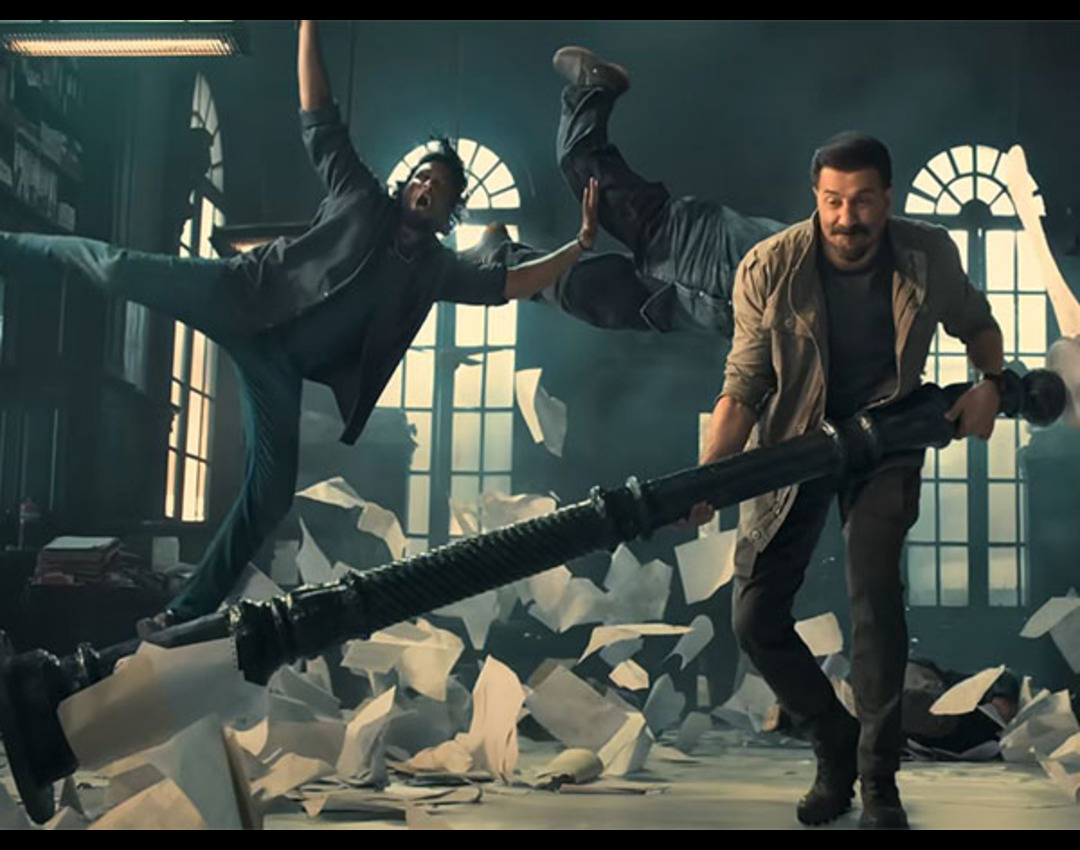Iran’s nuclear program has been a focal point of international diplomacy, sanctions, and geopolitical tensions for decades. While Iran insists its program is peaceful, the US and its allies have long suspected it aims to develop nuclear weapons. This blog explores Iran’s nuclear ambitions, the key agreements and disputes, and what the US wants in this high-stakes standoff.
What is Iran’s Nuclear Program?
Iran’s nuclear activities date back to the 1950s under the Shah, with support from the US and other Western nations. However, after the 1979 Islamic Revolution, Iran’s nuclear ambitions became a global concern. The program includes:
- Uranium Enrichment – Iran operates thousands of centrifuges to enrich uranium, which can be used for both energy (low-enriched uranium) and weapons (highly enriched uranium).
- Nuclear Facilities – Key sites like Natanz and Fordow have been central to enrichment, while the Arak reactor raised concerns over plutonium production.
- IAEA Inspections – The International Atomic Energy Agency (IAEA) monitors Iran’s compliance with nuclear safeguards but has often reported gaps in transparency.
The 2015 Nuclear Deal (JCPOA)
To curb Iran’s nuclear activities, the US, UK, France, Germany, Russia, China, and the EU negotiated the Joint Comprehensive Plan of Action (JCPOA) in 2015. Key terms included:
✔ Iran reducing uranium enrichment and stockpiles.
✔ Dismantling the Arak reactor’s weapons potential.
✔ Allowing strict IAEA inspections.
✔ In return, sanctions were lifted, boosting Iran’s economy.
Why Did the US Withdraw?
In 2018, President Donald Trump pulled the US out of the JCPOA, calling it a “bad deal” that did not address:
❌ Iran’s ballistic missile program.
❌ Its regional influence (via proxies like Hezbollah).
❌ “Sunset clauses” allowing nuclear expansion after 2030.
The US reimposed crippling sanctions, leading Iran to gradually violate JCPOA limits.
What Does the US Want Now?
The Biden administration has sought to revive the JCPOA but faces challenges:
- Stricter Limits on Nuclear Activity – The US wants Iran to roll back advances made since 2019 (e.g., 60% enriched uranium, close to weapons-grade).
- Longer Duration – Extending restrictions beyond the original JCPOA timelines.
- Regional Proxy Influence – While not part of the original deal, the US wants Iran to curb support for militant groups in the Middle East.
- Ballistic Missile Restrictions – Capping Iran’s missile development, which could deliver nuclear warheads.
Iran’s Demands
Iran insists the US must:
- Lift all sanctions first.
- Guarantee no future US withdrawal.
- Recognize its right to peaceful nuclear energy.
Current Status: Stalemate & Rising Tensions
Negotiations have stalled, and Iran’s nuclear progress continues. The US and Israel have not ruled out military action if diplomacy fails. Meanwhile, Iran’s closer ties with Russia and China complicate Western pressure.
Conclusion
The Iran nuclear dispute remains a dangerous flashpoint. While the US seeks a stronger deal to prevent a nuclear-armed Iran, Tehran demands sanctions relief and security guarantees. Without compromise, the risk of escalation—or a nuclear-armed Iran—grows.






